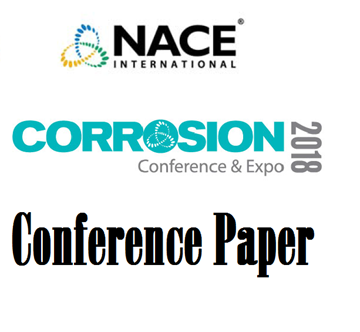Search
Fitness-for-Purpose Research of OCTG for Underground Gas Storage Applications in H2/CO2 Environments
Also Purchased
Impact of O2 Content on Corrosion Behavior of X65 Mild Steel in Gaseous, Liquid and Supercritical CO2 environments
Product Number:
51320-14433-SG
Publication Date:
2020
$20.00
51318-11429-Formation of strong acids in dense phase CO2
Product Number:
51318-11429-SG
Publication Date:
2018
$20.00
51318-11623-The Effect of High Partial Pressure of CO2 on the Corrosion Mechanism of Carbon Steel in H2O-CO2 Systems
Product Number:
51318-11623-SG
Publication Date:
2018
$20.00




